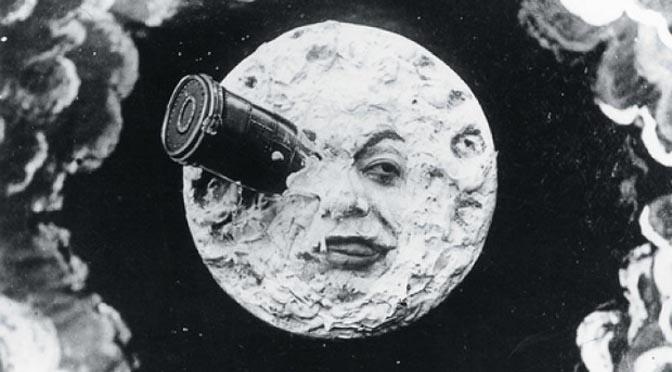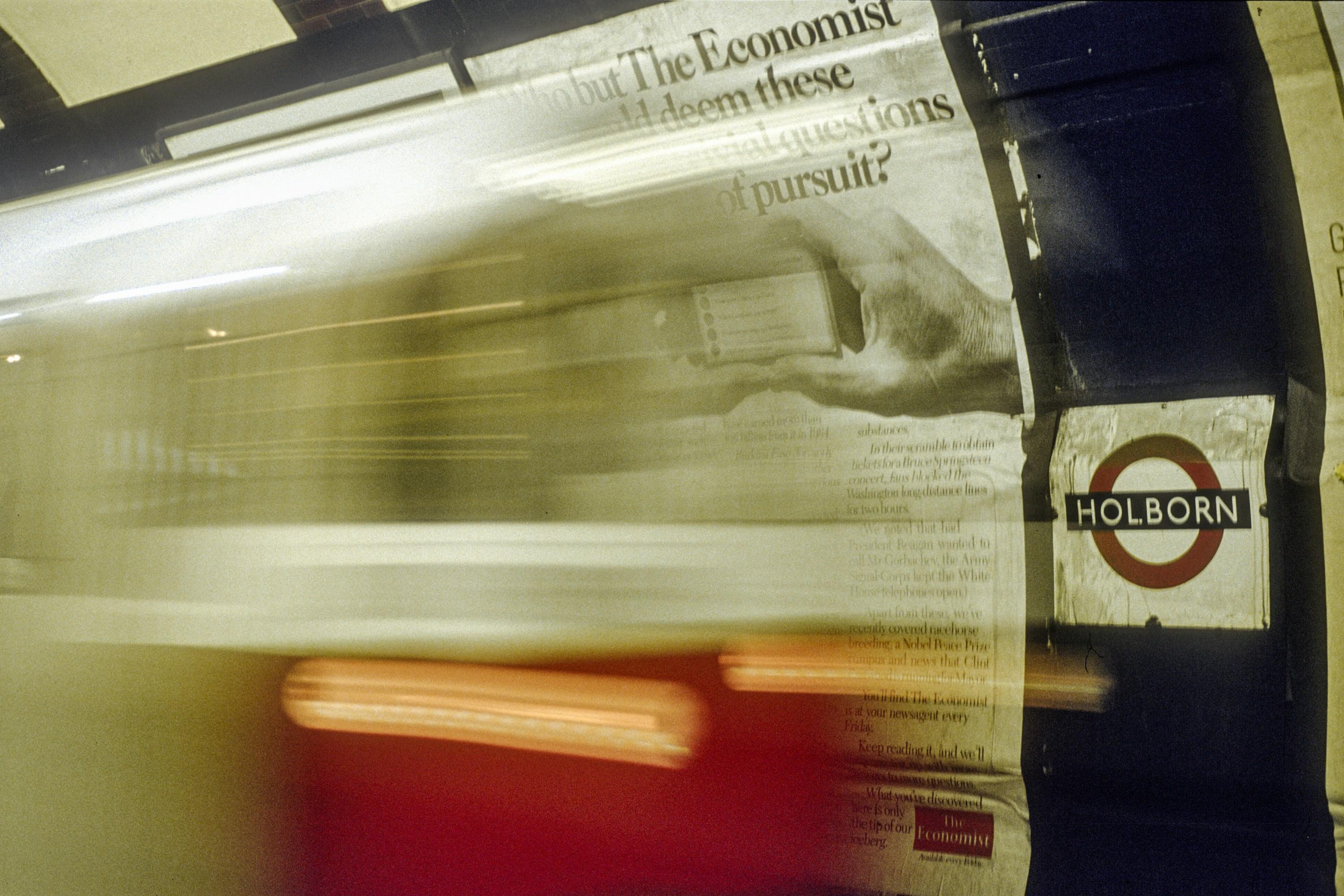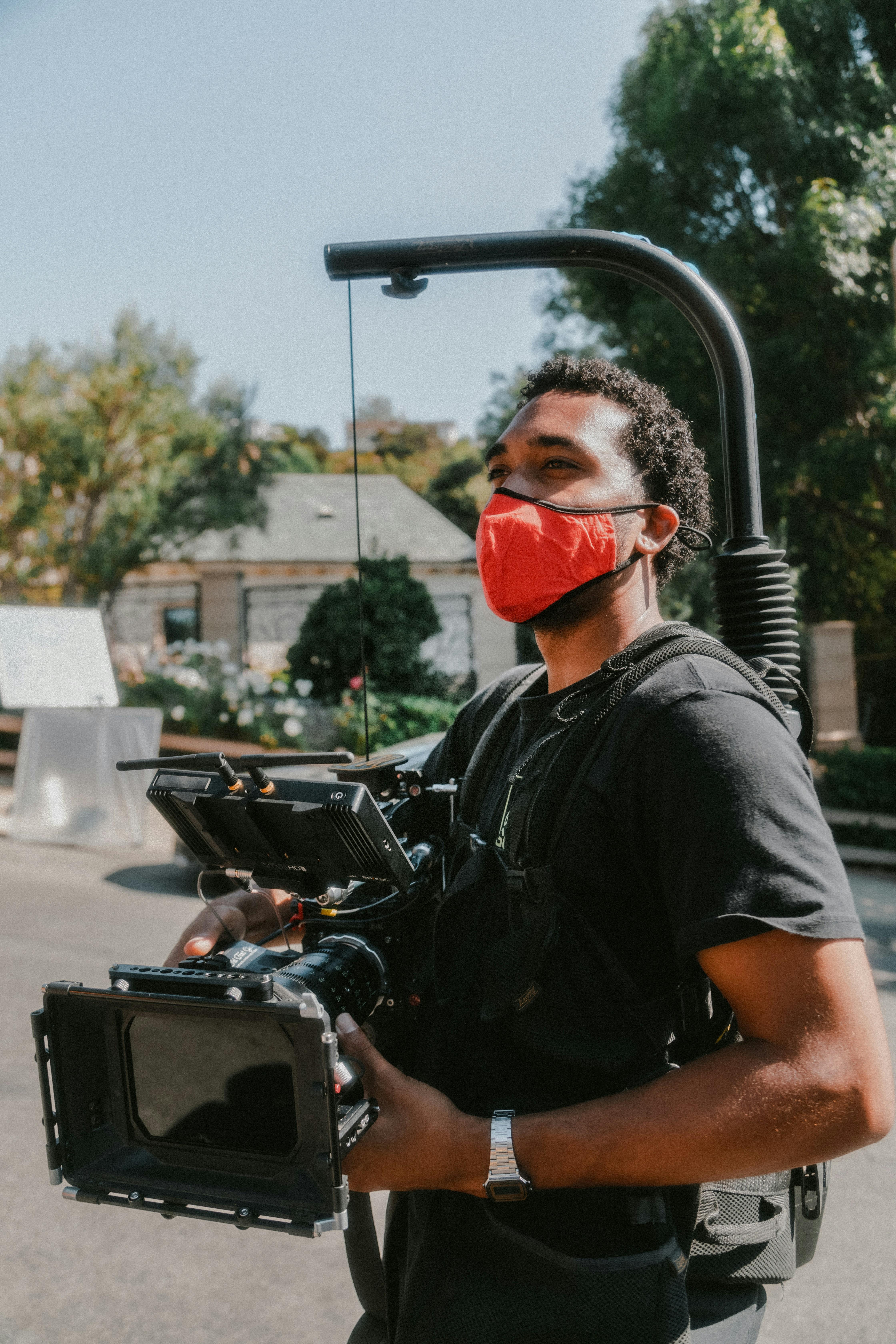In the realm of cinematic history, historical context behind the greatest classic films”>classic films hold a revered position, often celebrated for their artistic brilliance and cultural impact. Yet, beyond their entertainment value, these films serve as windows into the societies from which they emerged. The question arises: do these timeless works offer an accurate reflection of the eras they depict, or are they mere artistic interpretations shaped by contemporary biases and limitations? This article delves into the intricate relationship between classic cinema and societal representation, analyzing how historical context, cultural norms, and cinematic techniques influence the portrayal of reality on screen. Through a critical examination, we aim to uncover the extent to which these beloved films mirror the complexities of their times, offering insights into both the art form and the societal landscapes they sought to capture.
Cultural Contexts in Classic Cinema: A Mirror or a Mirage
Classic cinema often serves as both a window and a canvas—offering glimpses into the cultural norms and societal values of its time, yet simultaneously shaping perceptions through the lens of artistic interpretation. These films frequently act as a mirror, reflecting the prevailing attitudes, fashion, and ideologies, while also being a mirage, distorting reality through dramatization and selective storytelling. For instance, films from the Golden Age of Hollywood might portray an idealized version of the American Dream, often glossing over the complexities of race, gender, and class. Such portrayals can both inform and mislead, leaving audiences to question where reality ends and artistic license begins.
- Reflection of Societal Norms: Films often depict the societal expectations and moral codes prevalent during their time of production.
- Artistic Interpretation: Directors and screenwriters inject personal biases and creative choices that may skew historical accuracy.
- Cultural Impact: Classic films influence and shape cultural perceptions, sometimes reinforcing stereotypes or challenging them.
In essence, while classic films offer invaluable insights into the cultural context of their eras, they must be critically examined to distinguish between historical reality and cinematic illusion. This duality makes them both a valuable cultural artifact and a complex narrative puzzle that requires thoughtful deconstruction.

Analyzing Societal Norms Through Iconic Films
Classic films offer a lens into the societal norms of their times, serving both as a mirror and a molder of public consciousness. While some films portray an idealized version of society, others confront the stark realities of their era. “Gone with the Wind” romanticizes the Antebellum South, glossing over the harsh truths of slavery, while “12 Angry Men” reflects the judicial biases and moral dilemmas prevalent in mid-20th century America. The degree of accuracy often hinges on the filmmakers’ intent and the cultural context of the audience.
- Representation vs. Reality: Many films selectively highlight societal values, sometimes exaggerating or downplaying certain aspects to fit narrative arcs.
- Influence of Filmmakers: Directors and writers bring their own biases, potentially skewing the depiction of societal norms.
- Public Reception: Audience reactions can vary widely, influencing whether a film reinforces or challenges existing norms.
Thus, while classic films can offer insights into societal values, they are often a blend of reality and fiction, shaped by the artistic and commercial priorities of their creators.

The Role of Filmmaker Perspective in Historical Representation
Filmmakers play a crucial role in shaping how historical events and societies are portrayed on screen. Their perspective can deeply influence the narrative, often reflecting their own interpretations, biases, and the cultural context of the time in which the film is made. This can lead to varying degrees of accuracy in the depiction of historical societies. For instance, a director’s choice to emphasize certain events or characters can skew the audience’s understanding of history. The filmmaker’s artistic vision might prioritize storytelling over factual accuracy, which can result in a more dramatized or romanticized version of events.
- Subjectivity in Storytelling: Directors may focus on particular viewpoints, leading to a one-sided narrative.
- Cultural Influence: Films are often products of their time, reflecting contemporary societal values rather than those of the period depicted.
- Artistic License: Creative liberties taken for dramatic effect can distort historical accuracy.
Thus, while classic films can offer insights into the periods they depict, they are often shaped by the lens through which filmmakers choose to tell their stories. This underscores the importance of a critical viewing approach, acknowledging the filmmaker’s role in crafting these cinematic interpretations.
Recommendations for Modern Audiences: Viewing Classic Films Critically
Engaging with classic films requires a nuanced approach, especially when assessing their reflection of historical societies. Modern audiences should consider the following strategies to critically view these cinematic pieces:
- Contextual Understanding: Recognize the cultural, political, and social contexts in which these films were created. This involves researching the era’s prevailing norms and ideologies, which often influenced the storytelling and character portrayals.
- Critical Lens: Apply a critical lens to identify biases and stereotypes. Consider how certain narratives might have been shaped by the filmmakers’ perspectives and societal constraints of the time.
- Comparative Analysis: Compare the film’s portrayal of its time period with historical records and scholarly interpretations. This can reveal discrepancies and artistic liberties taken in the name of entertainment or propaganda.
- Reflection on Progress: Reflect on how societal values have evolved since the film’s release. This not only enhances appreciation of modern progress but also deepens understanding of the film’s impact on contemporary audiences.
By adopting these strategies, viewers can appreciate classic films not just as historical artifacts, but as complex texts offering insight into the past’s values and beliefs.

